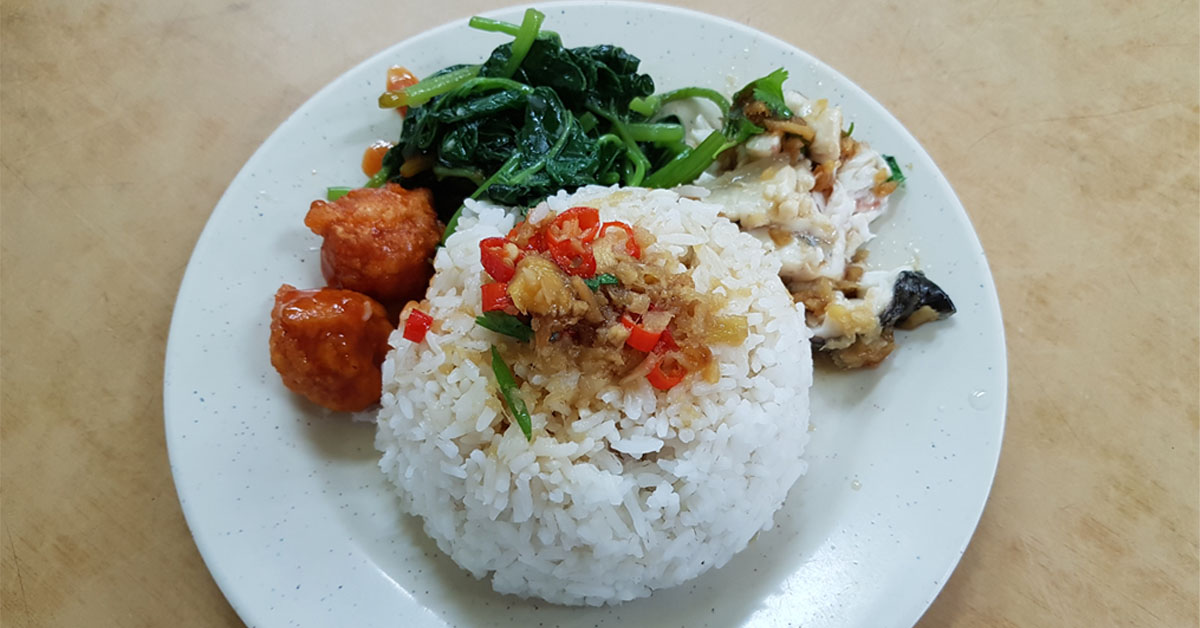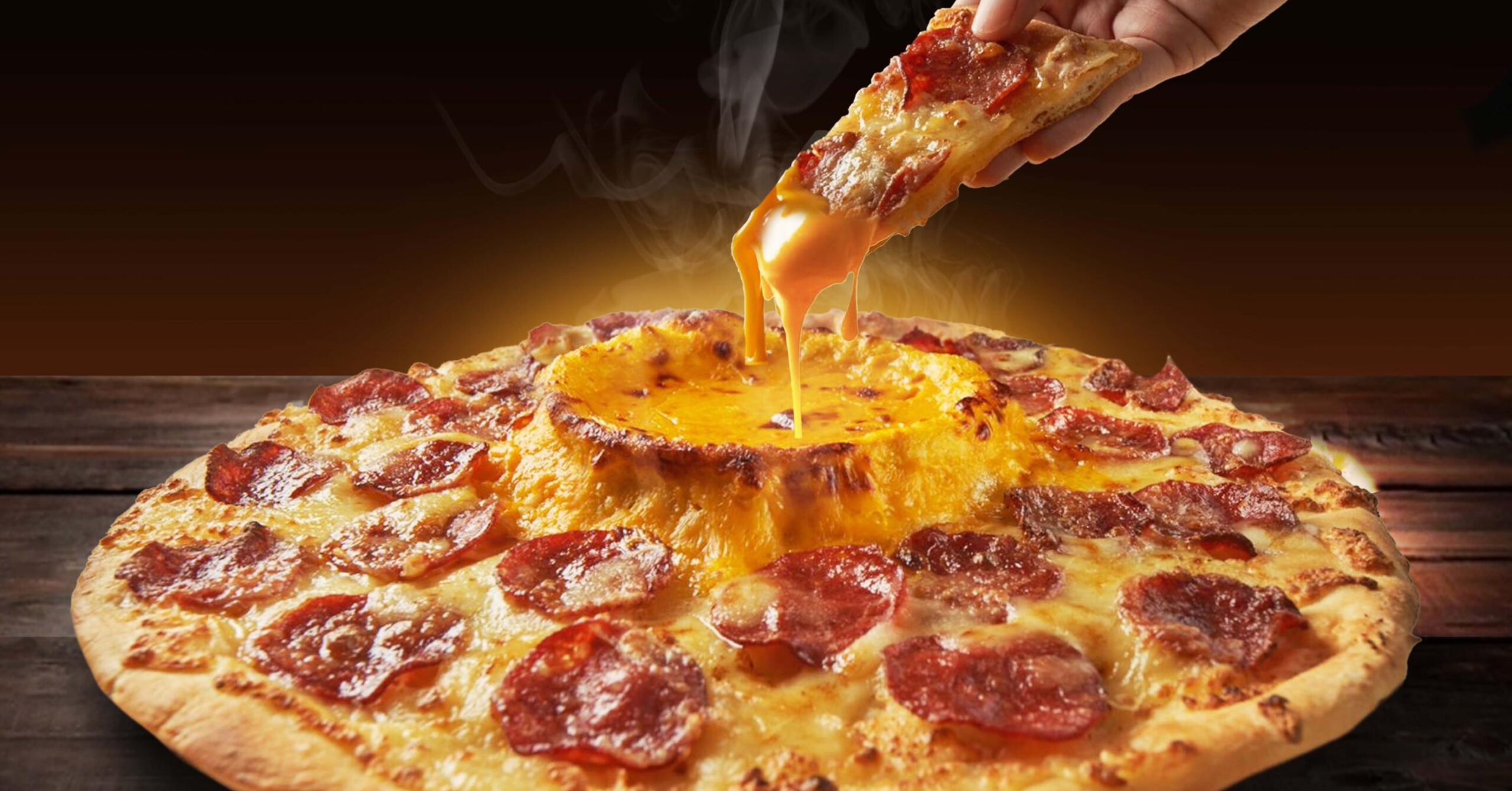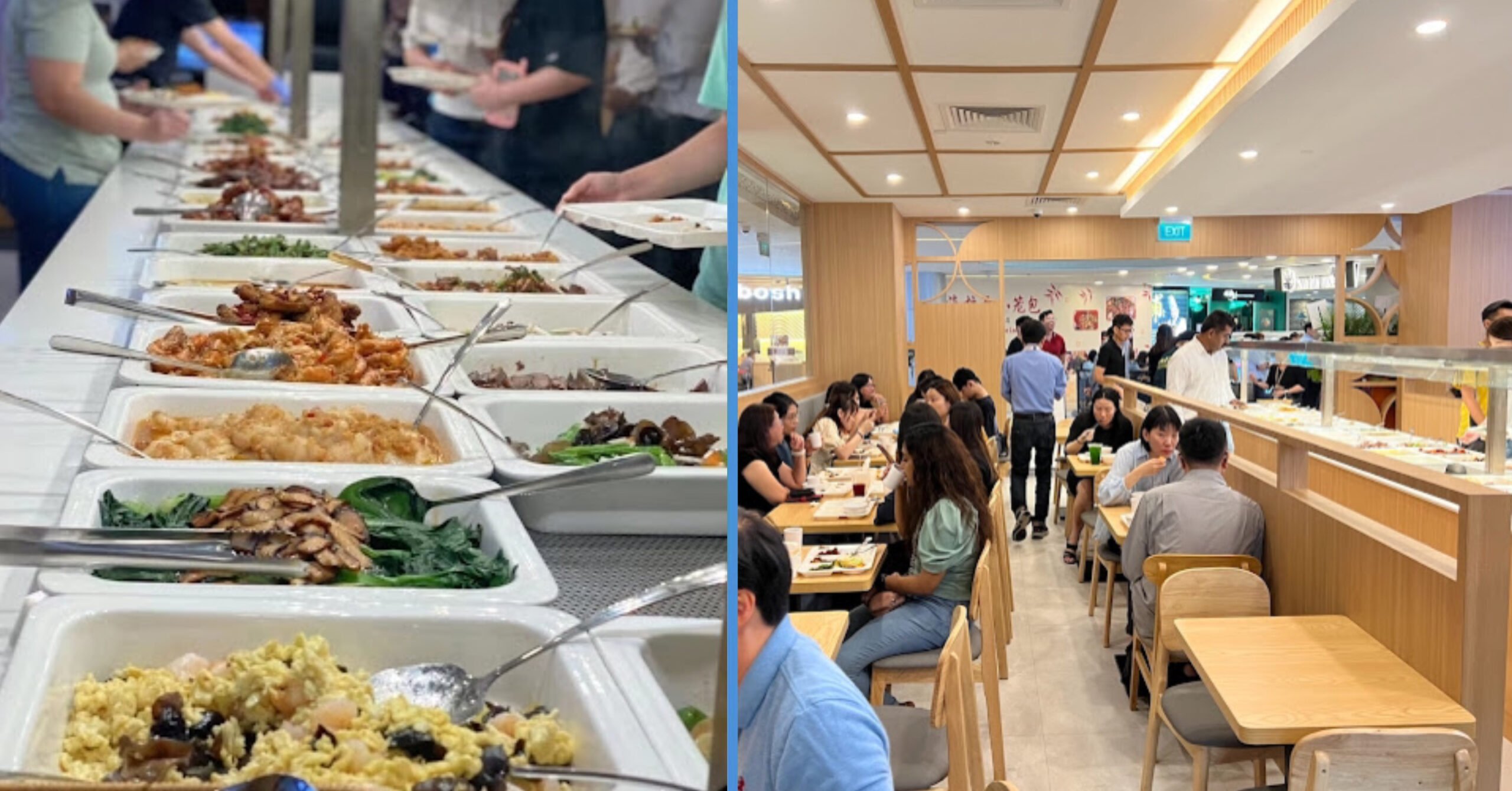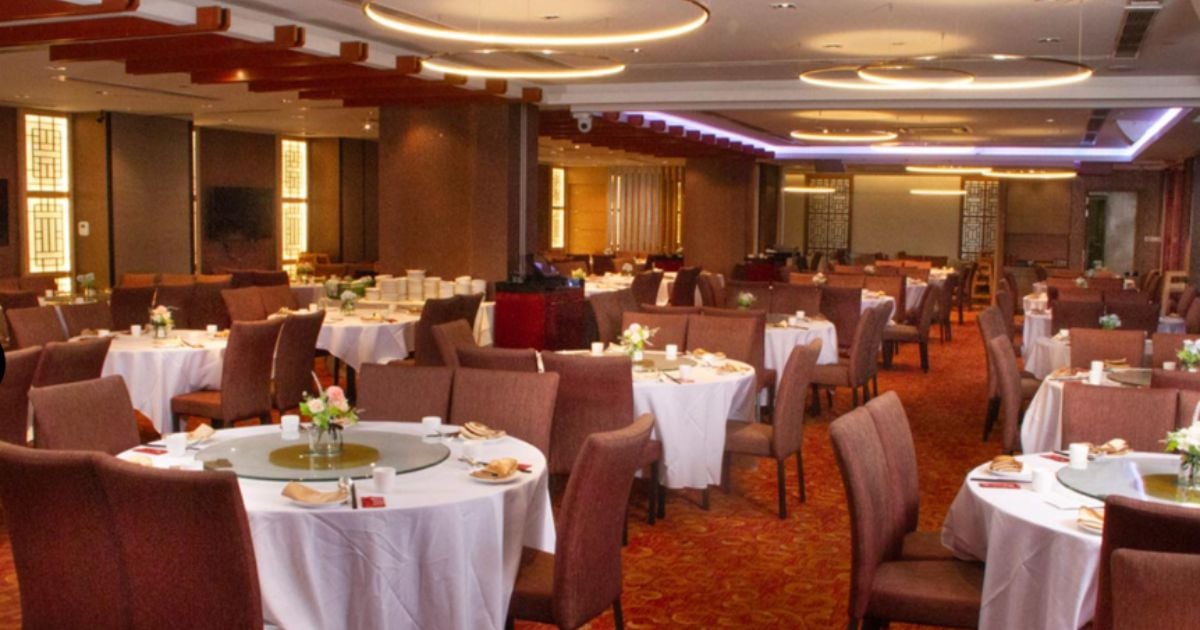Whenever you walk into a Singaporean food court or hawker centre, your eyes will inevitably find familiar stalls, that one shop with glistening roasted chickens and the other with bright lights shining down on rows of metal trays, decking out a colourful array of food.
Mixed vegetable rice or cai fan is something that’s very commonplace to us; even Malays and Indians have their own version, just with different side dishes and methods of flavouring the food.
It’s affordable, it tastes edible and familiar, and that’s all that really matters.
An Upsurge of Cai Peng During Pandemic Lockdowns
Hong Kong has always been the hub of delicious Cantonese food, with a penchant for Michelin bistros and dim sum parlours.
Boba tea, on the other hand, has Taiwan written all over it.
Much like Singapore’s pandemic story though, local restaurants have suffered terribly for the last four months due to the heavy restrictions that have been imposed upon the city because of China’s zero-tolerance policy for COVID-19 cases.
Dining in was banned after 6pm.
Yeesh, I thought that was quite harsh until I remembered that during the 2020 April Circuit Breaker, we couldn’t even dine-in at restaurants or hawker centres, no matter what time of the day it was.
The culinary art has faded from majority of the younger Hong Kongers minds, groceries are notoriously expensive, and the tiny apartments rented out might not even have a kitchen to allow for such activities.
In response to the abrupt change in circumstances, one hero—or well, food shop—has risen to give a cost-effective solution.
Two-dishes-and-rice shops.
Whether it’s the chefs from ailing cha chaan tengs (traditional Hong Kong sit-down eateries), popular hot dog chains, or seafood banquet halls, they’ve all set aside their previous business models and started to adopt this style of food service.
They would wheel out stainless-steel pans filled with ready-made dishes at night for takeout options to compensate for the dine-in bans, offering any random combination of food that a customer might desire as they stroll up to their door.
The Steam of Heated Competition
These cai peng stores will always sell the homemade classics: spicy eggplants, stir-fry cauliflowers, tomatoes and eggs, pig ears, so on and so forth.
Typically, two dishes and rice can cost around 32 Hong Kong dollars (S$5.50), with each additional dish costing one dollar ($1.40) more.
Before the pandemic struck, it was considered as food for commoners, or for those from lower income households.
It’s unknown how many cai peng stores there used to be in Hong Kong, but a new crowdsourced census shows that there are at least 353 stores across the country now.
They serve customers from all walks of life—from students, cleaners, officer workers, to the elderly.
Their customers don’t step into these stores with high expectations; they know what they’re paying for; it’s not some fine dining at a luxurious restaurant, it’s just simple foods that will meet their dietary requirements.
The cai peng stores aren’t particularly dressed up either.
The locales are unapologetically plain without any accented walls or artsy decorative pieces. Instead of round tables and cushioned chairs, the décor is much more spartan with their plastic chopsticks and chairs.
Cardboard boxes, containing 500 Styrofoam containers, can even be seen stacked in the middle of the floors. There’s no soothing music in the background besides the shouts of the workers, scuffled footsteps of the workers, and the clouds of sizzling steam coming out from the kitchen.
Of course, with these stores sprouting out from the ground like weeds, there’s a need to differentiate themselves to grab the customers’ attention.
Some stores may offer whole steamed fish or lobster for a few additional dollars. Others might throw in a free soup.
Another particularly creative store called Yau Ma Tei serves unique items like truffle chicken, red rice, and quinoa to lure in the younger folks.
It’s always the truffles, isn’t it?
That ingredient is like the threshold to delicacies, you can never escape it.
Will the Trend End?
Undeniably, the rise in cai peng stores was a result of necessity for the customers and a matter of finding a way to survive for businesses.
With the dine-in ban being lifted last month, many have voiced their yearning and excitement in being ale to sit down with their friends again in larger social groups for a meal.
Therefore, the popularity of cai peng stores is bound to decrease, a change that the business owners fully acknowledge will come to pass.
On the day the ban was lifted, the founder of a 77,000-member strong Facebook group commented, “The All-Hong Kong Two Dishes has officially ended.”
Perhaps the demand for cai peng will no longer be as strong as pandemic times, but it’s believed that cai peng will always occupy a place in Hong Kong’s splendorous food culture.
Whether it’s for those that have been recently converted or those who have relied on it for the longest of times, you can never go wrong with sticking with the basic two dishes and one rice.
Sometimes when you don’t know what to eat, it’s nice to just stick to what’s familiar and comforting.
For 64-year-old Lo Siu-Ying, mixed vegetable rice has been her and her husband’s go-to food for many years. It’s the most convenient and easiest source of sustenance for them, as building workers whose jobs last from 8 in the morning to midnight.
She’s grateful that people seem less reliant on cai peng now, because she mentions her work has been more exhausting due to the amount of trash she has to clean every day during the pandemic.
With everyone getting takeout, the number of boxes is sure to pile up.
Maybe Hong Kong could start encouraging their customers to bring their own takeout containers and tupperware too?
Featured Image: Shutterstock / sky52200







